-
Halogen to LED Headlamp upgrade Suzuki SX4
03/30/2018 at 09:13 • 0 commentsI ordered one of these for my 2011 Suzuki SX4 sedan. Finally found some time today to swap halogens with new LEDs. Current pair of halogens are Philips H4 90/100w and they are pretty good. I wanted to switch to LEDs primarily to lower power consumption, Headlamps will run cool and white headlamps looks neat! This page will serve me as a reference in future if I ever go back to halogens or need to replace these LEDs.
![]()
Unboxed ![]()
Complete Unit: LED, fan cooled heatsink, driver unit and H4 plug. ![]()
CREE LEDs (XHP50+XM-L2) ![]()
Active cooling: small fan encased in heatsink ![]()
5 Pin connector to LEDs ![]()
LED driver unit in aluminium heatsink Installation Issues:
These LED headlamps are designed to be simple plug and play units, however, while installing, I could not get them attached to the bulb receptacle. Rubber/Silicone boots which provide dust and water protection to the headlamp interior seems to have an issue and needed some work to get them to accept these LEDs. The modifications I made to the boots does not compromise its dust and water resistance and they can absolutely work again with halogen bulbs!
The LED lamp needed to be installed a little differently by first removing the notched metallic collar , fixing the collar to the headlamp bulb receptacle, securing it with the wire clip, sliding on the protective rubber boots and then inserting the LED unit and twisting it into a locked position.![]()
Metal notched collar The portion of the rubber boot which goes around the neck/stem of the bulb was interfering with the locking of LED bulb and I had to trim about 2 mm of its length.
![]()
Original rubber/silicone boot ![]()
Trimmed! I also needed to remove four protrusions on the back of boot. They were interfering with the complete insertion of LED bulb and getting in the way of heatsink.
![]()
Need to remove these! ![]()
removed them with a sharp blade I did a mock assembly on my desk before heading out to the car
![]()
a little soap water helps get things moving! ![]()
Insert LED lamp, twist about a quarter turn and LED lamp will lock against metal collar on the other side. ![]()
Assembled successfully! ![]()
Back view Now, need to repeat these steps in the car.
![]()
Testing LED lamp - very bright! ![]()
Replacing bulb is not easy, I wish I had smaller hands :/ ![]()
H4 receptacle with retaining clip (open) ![]()
Install metal collar first in correct orientation. ![]()
Metal collar in place secured with clip ![]()
Wet rubber boot with soap water for easy installation. Ensure no water gets inside headlamp enclosure. ![]()
Rubber boot is secured in place around the metal collar ![]()
Finally install the LED lamp, insert - twist clockwise quarter turn and lock. ![]()
LED bulb installed correctly in the proper orientation ![]()
Connect driver unit to LED and secure it in place with tape or cable ties. ![]()
Complete installation by connecting H4 plug from LED driver unit to existing headlamp harness. ![]()
![]()
sweeet! Comparison Test (Halogen Vs LEDs).
Wall distance = 13 feet.
Low Beam (ISO 100, White balance - Daylight, Exposure -Frame Average) High Beam (ISO 100, White balance - Daylight, Exposure -Frame Average) Verdict:
100watts halogen definitely looks a shade brighter and more focused. I still have to do real world test and night time drives to get to a fair conclusion.
I will post updates later.
-
EPOCH to Time Date converter
03/24/2018 at 03:36 • 0 commentsI needed a lightweight code to convert EPOCH to Date, Day, Year, Time etc for my NTP sync clock. I could not find a code example online and wrote my own. Message me if you find any bugs.
https://github.com/sidsingh78/EPOCH-to-time-date-converter
/* EPOCH to human readable time and date converter for microcontrollers (PIC, AVR, Arduino, STM32) Current EPOCH time can be found at https://www.epochconverter.com/ The code can be suitably modified to suit your requirements. I have extensively tested this code with valid inputs. If you have any questions or if you find a bug, please contact me. Author: Siddharth Singh Ver:1.0 Date: June 15, 2017 */ #include <stdio.h> #include <stdlib.h> static unsigned char month_days[12]={31,28,31,30,31,30,31,31,30,31,30,31}; static unsigned char week_days[7] = {4,5,6,0,1,2,3}; //Thu=4, Fri=5, Sat=6, Sun=0, Mon=1, Tue=2, Wed=3 unsigned char ntp_hour, ntp_minute, ntp_second, ntp_week_day, ntp_date, ntp_month, leap_days, leap_year_ind ; unsigned short temp_days; unsigned int epoch, ntp_year, days_since_epoch, day_of_year; char key; int main() { //---------------------------- Input and Calculations ------------------------------------- start: leap_days=0; leap_year_ind=0; printf("-------------------------------------------\n"); printf("Enter EPOCH => "); scanf ("%d",&epoch); // Add or substract time zone here. epoch+=19800 ; //GMT +5:30 = +19800 seconds ntp_second = epoch%60; epoch /= 60; ntp_minute = epoch%60; epoch /= 60; ntp_hour = epoch%24; epoch /= 24; days_since_epoch = epoch; //number of days since epoch ntp_week_day = week_days[days_since_epoch%7]; //Calculating WeekDay ntp_year = 1970+(days_since_epoch/365); // ball parking year, may not be accurate! int i; for (i=1972; i<ntp_year; i+=4) // Calculating number of leap days since epoch/1970 if(((i%4==0) && (i%100!=0)) || (i%400==0)) leap_days++; ntp_year = 1970+((days_since_epoch - leap_days)/365); // Calculating accurate current year by (days_since_epoch - extra leap days) day_of_year = ((days_since_epoch - leap_days)%365)+1; if(((ntp_year%4==0) && (ntp_year%100!=0)) || (ntp_year%400==0)) { month_days[1]=29; //February = 29 days for leap years leap_year_ind = 1; //if current year is leap, set indicator to 1 } else month_days[1]=28; //February = 28 days for non-leap years temp_days=0; for (ntp_month=0 ; ntp_month <= 11 ; ntp_month++) //calculating current Month { if (day_of_year <= temp_days) break; temp_days = temp_days + month_days[ntp_month]; } temp_days = temp_days - month_days[ntp_month-1]; //calculating current Date ntp_date = day_of_year - temp_days; // -------------------- Printing Results ------------------------------------- switch(ntp_week_day) { case 0: printf("\nSunday"); break; case 1: printf("\nMonday"); break; case 2: printf("\nTuesday"); break; case 3: printf("\nWednesday"); break; case 4: printf("\nThursday"); break; case 5: printf("\nFriday"); break; case 6: printf("\nSaturday"); break; default: break; } printf(", "); switch(ntp_month) { case 1: printf("January"); break; case 2: printf("February"); break; case 3: printf("March"); break; case 4: printf("April"); break; case 5: printf("May"); break; case 6: printf("June"); break; case 7: printf("July"); break; case 8: printf("August"); break; case 9: printf("September"); break; case 10: printf("October"); break; case 11: printf("November"); break; case 12: printf("December"); default: break; } printf(" %2d",ntp_date); printf(", %d\n",ntp_year); printf("TIME = %2d : %2d : %2d\n\n", ntp_hour,ntp_minute,ntp_second) ; printf("Days since Epoch: %d\n",days_since_epoch); printf("Number of Leap days since EPOCH: %d\n",leap_days); printf("Day of year = %d\n", day_of_year); printf("Is Year Leap? %d\n",leap_year_ind); printf("===============================================\n"); printf(" Press e to EXIT, or any other key to repeat...\n\n"); key=getch(); ...Read more »
This user joined on 02/27/2014.
My Pages
Projects I Like & Follow
Share this profile
ShareBits
Become a Hackaday.io Member
Create an account to leave a comment. Already have an account? Log In.
 sidsingh
sidsingh




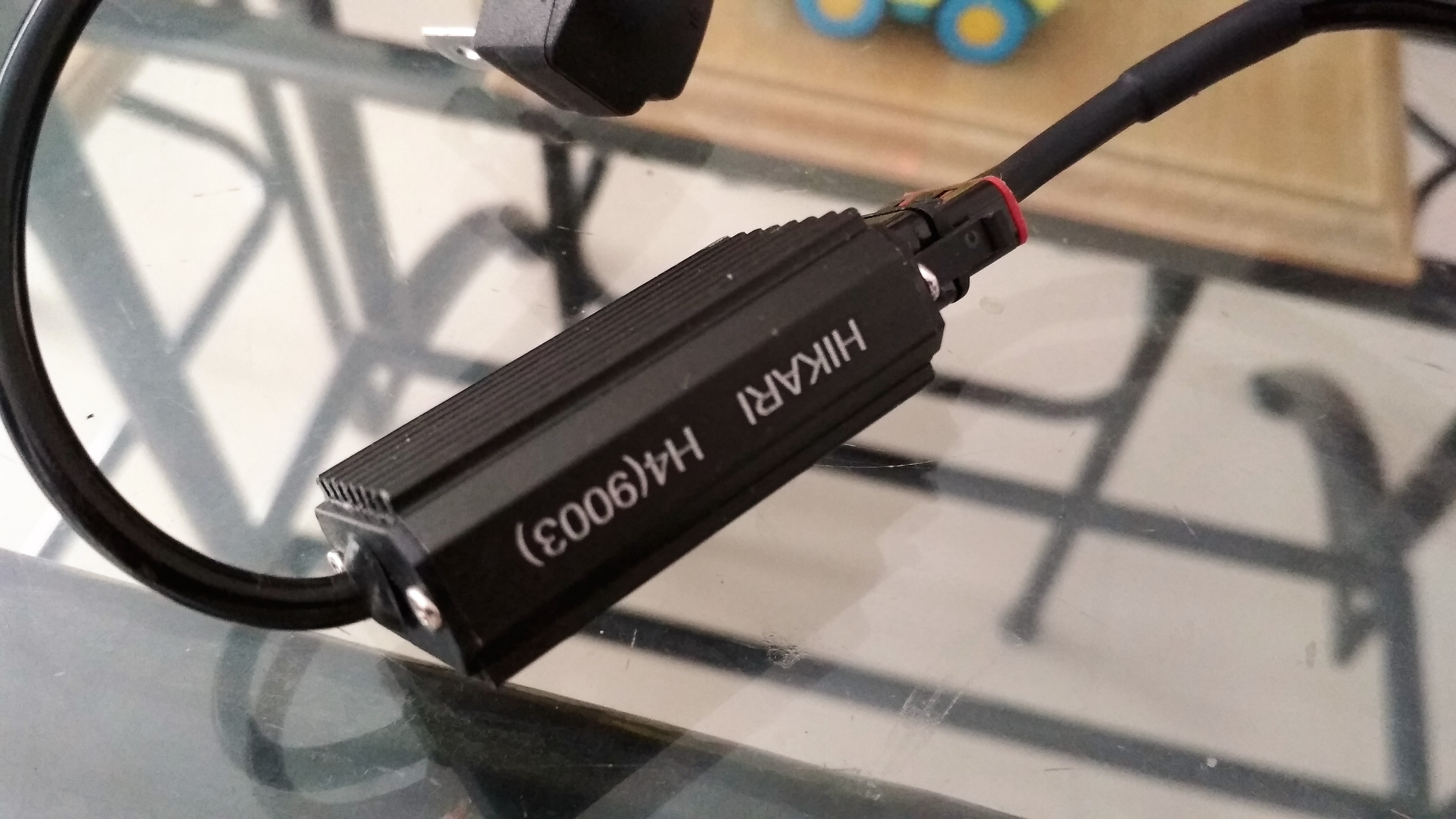
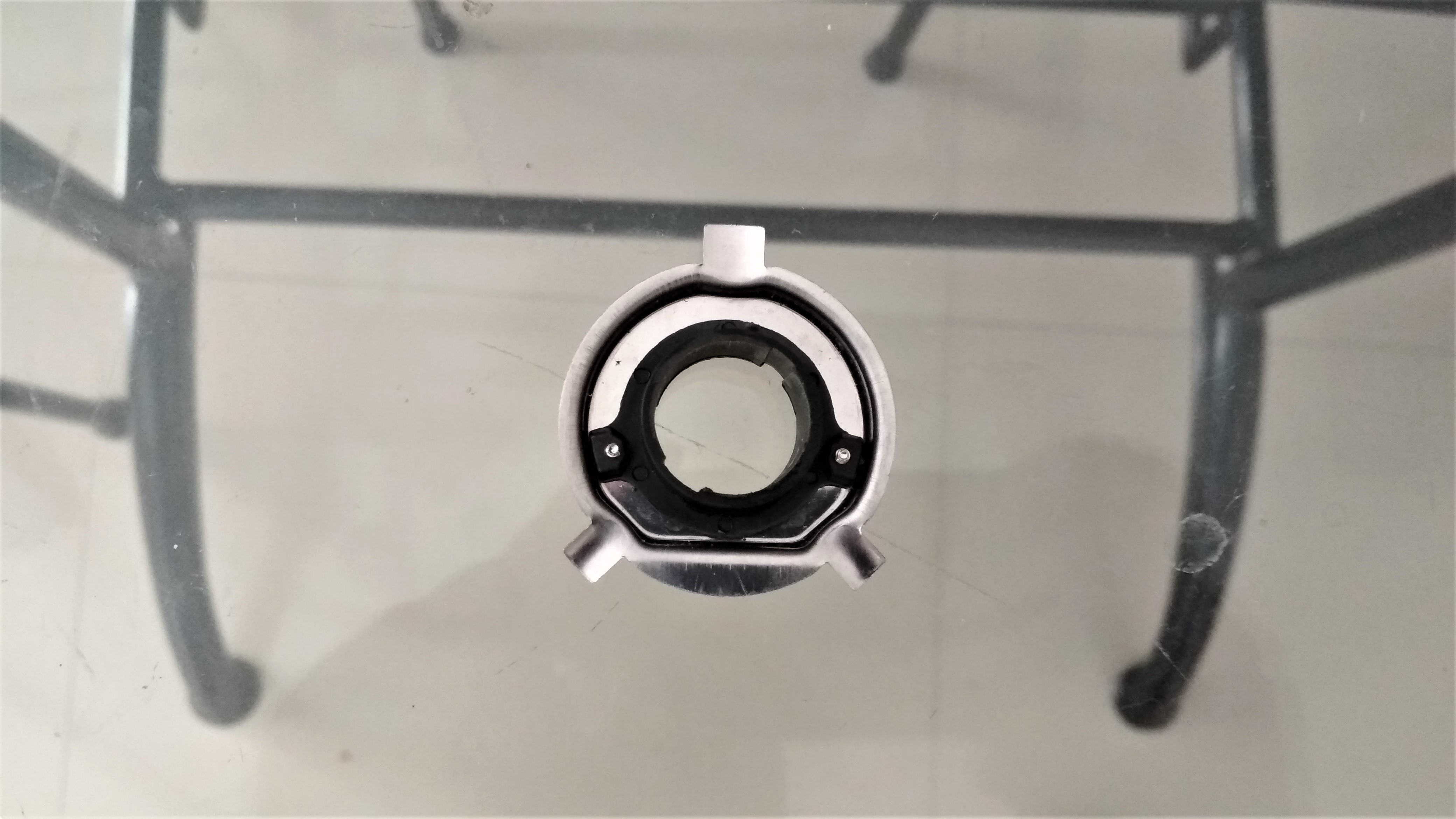






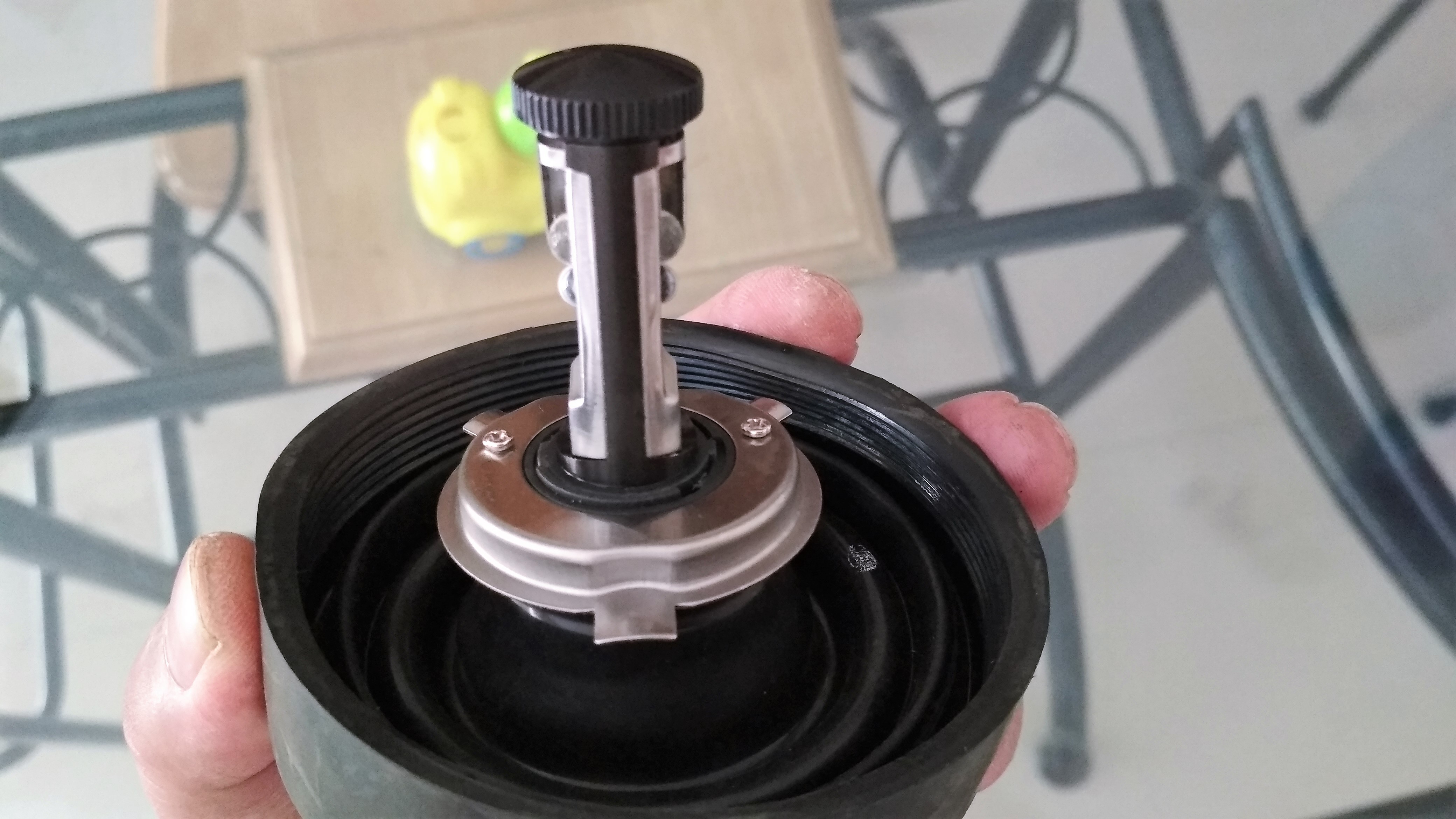

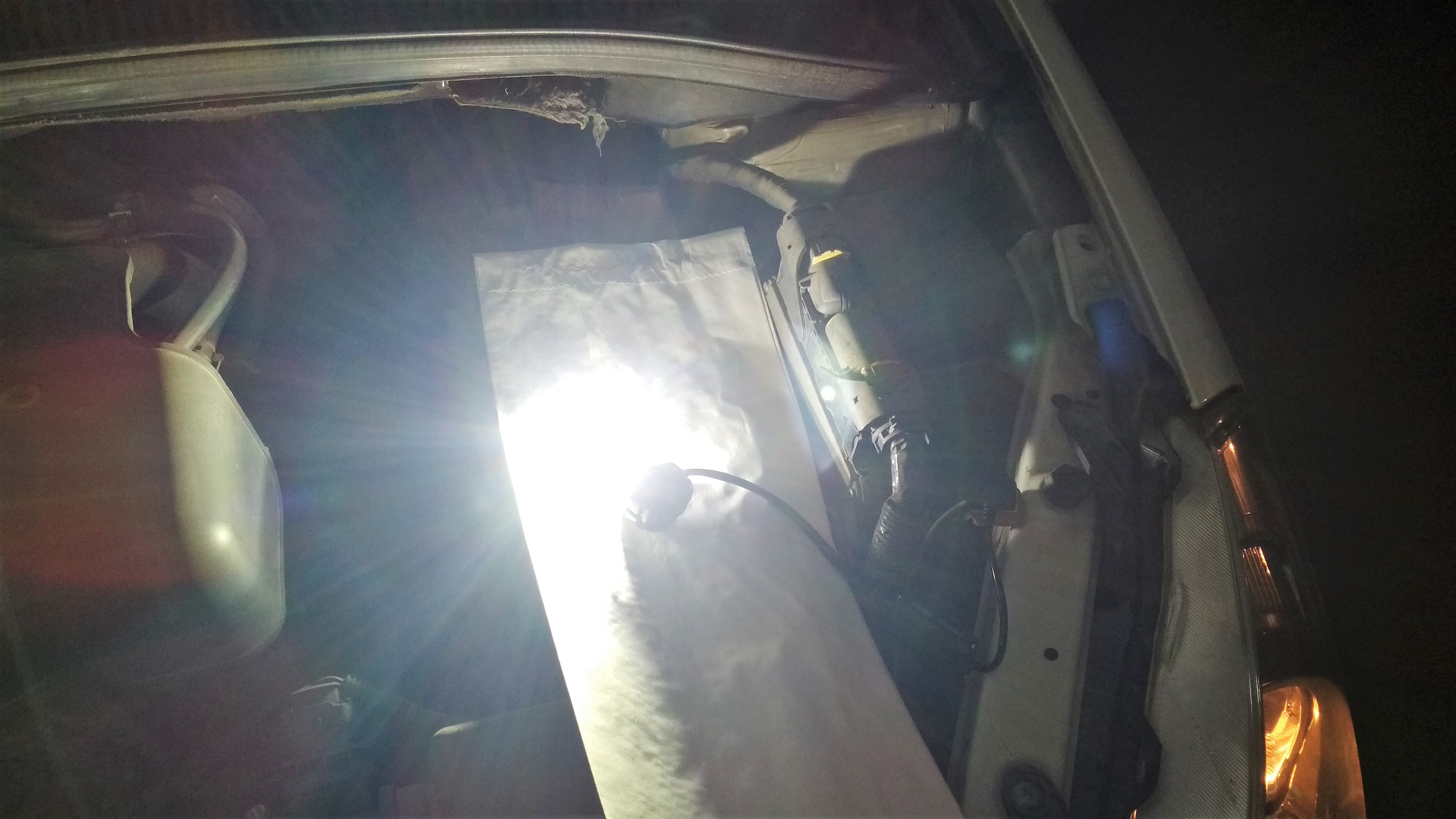



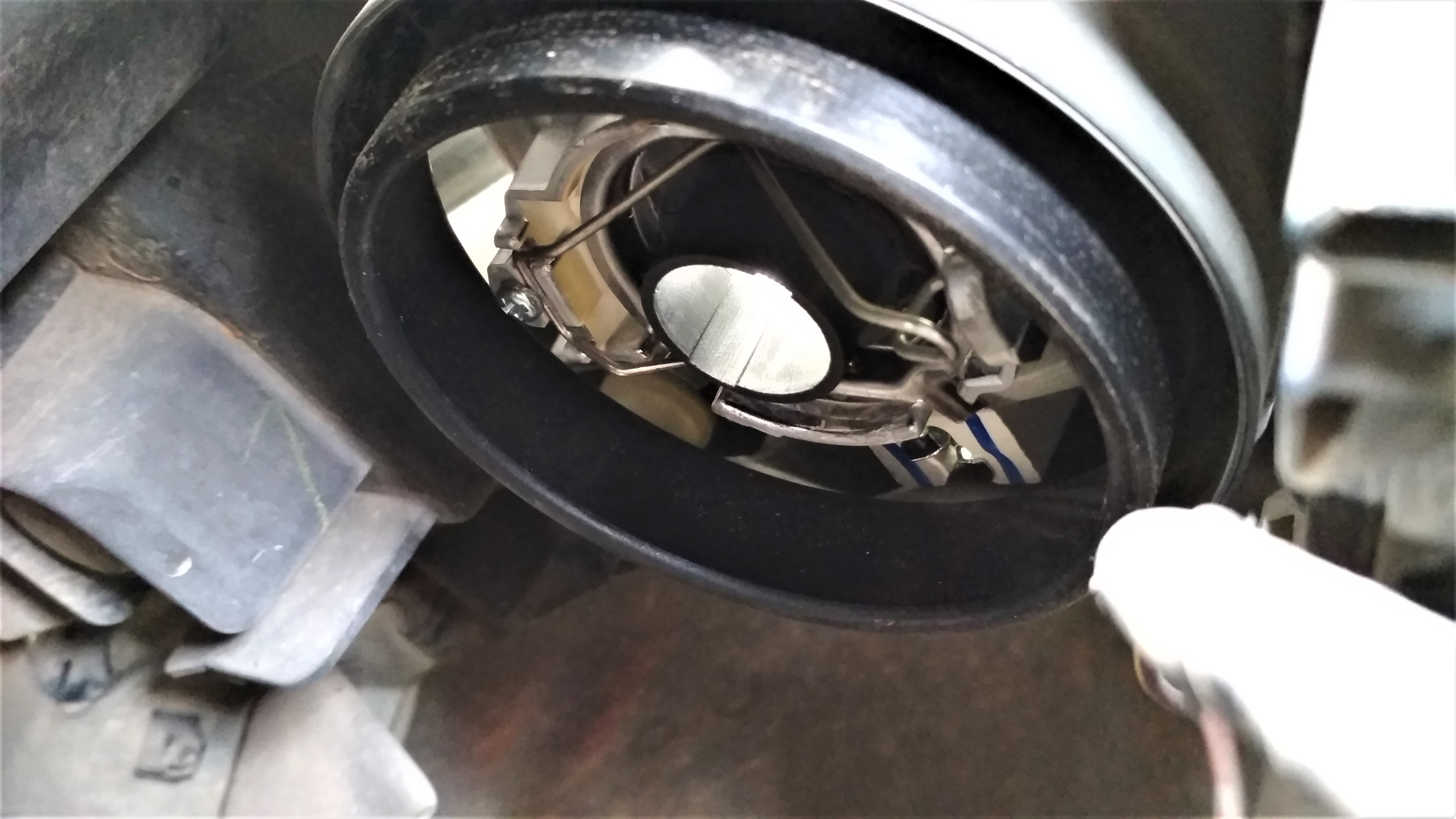










 Peter McCloud
Peter McCloud Kuro
Kuro Luke Beno
Luke Beno Jithin
Jithin Patrick Hood-Daniel
Patrick Hood-Daniel Jose Ignacio Romero
Jose Ignacio Romero Andreas Dahlberg
Andreas Dahlberg Nitesh Kadyan
Nitesh Kadyan Sandeep Patil
Sandeep Patil